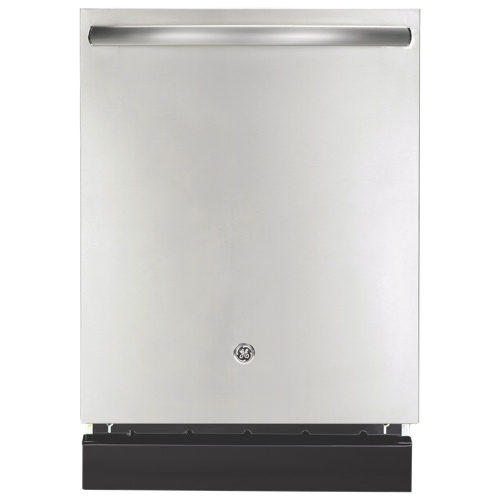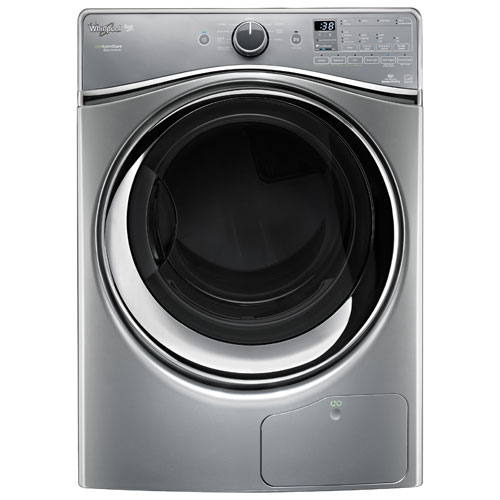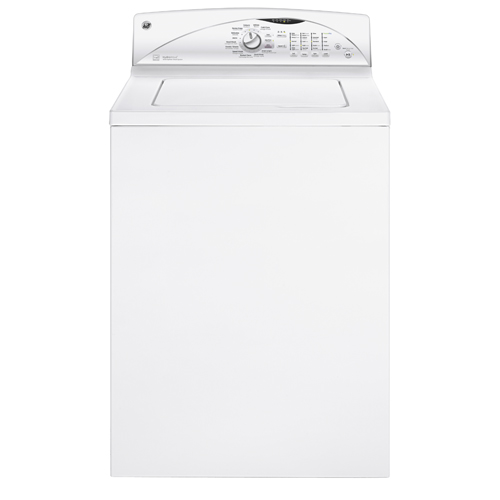
Energy efficiency in appliances begins with Energy Star. Originating in 1992 in the US, Energy Star is now an international standard for energy efficiency in consumer products. It was created by the US Department of Energy and the EPA; we here in Canada have joined the program along with most of the western world.
You can find Energy Star ratings on appliances, but you’ll also find them on computers and computer peripherals, along with other products. The Energy Star Label–also known as the EnergyGuide–tends to be a yellow tag that you’ll find on appliances, and it shows that Energy Star rated products tend to use up to 30% less energy than required by federal standards.
Energy Star is a program that is voluntary, but savvy consumers look for it; a decade ago the EPA was reporting that $14 billion in energy costs was saved in that year alone. The adoption of Energy Star has drastically increased that amount of saved energy, making Energy Star rated appliances a better buy both for the planet and for your pocket book.
Appliances and Energy Star
Every Energy Star appliance actually has two price tags on it: one is the purchase price, and the other is the price of operating it. The operating costs, due to energy consumption being lower, are lower, making them easier on your budget over time. There are a variety of technologies that can make individual appliance technologies more efficient. Here’s what to look for:
 Dishwashers
Dishwashers
Soil sensors in dishwashers can help determine how dirty your dishes are; they’ll adjust your wash cycle to optimize cleaning while minimizing water and energy use. My KitchenAid dishwasher has a “Pro” cycle that activates this sensor. The cool thing is that it can actually shorten your cycle when you’re not washing a full load of dishes.
Improved Water filters can remove food bits form the wash water. This makes your detergent more efficient, and gives you a cleaner final rinse.
Efficient jets and adjustable racks can help you face your dishes towards the flow of water, helping to cut your wash time as well.
Refrigerators
Choosing an Energy Star refrigerator can save you 10% on your energy costs, but there are a few more steps you can take as well. They’re actually fairly straightforward:
Consider buying a refrigerator with a top-mounted freezer. While french doors and bottom-mounts are popular, top mounts that are Energy Star rated use less energy than a 60-watt light bulb.
Consider a smaller model: refrigerators that are 16-20 cubic feet are more energy efficient than larger models.
 Dryers
Dryers
Energy Star dryers cut up to 20 percent of your energy consumption over non-rated dryers, all without sacrificing features or performance. Here are a few of the technologies that make a difference:
Sensor drying, like soil sensor modes in dishwashers, is an intelligent mode that uses an internal moisture sensor to monitor how dry your clothes are during a cycle. It will automatically shut the cycle off when your clothes are dry, saving you time and money.
The low heat setting takes a bit longer to dry, but is an efficient way to dry your clothes. The slow, low heat modes can use less energy, so they’re a great choice if you have the time.
Dryers powered by natural gas are more energy efficient. If you have the option of natural gas (and sadly, not all of us do) it can be a good way to keep your energy costs in check.
 Washer
Washer
Pairing an energy-efficient washer with your dryer is a smart move. Energy star certified washers use about 25% less energy and 40% less water than regular washers. A regular washer can use up to 87 litres of water per load, while and an Energy Star washer will generally only use 49 litres. That’s a savings of over 11,000 litres over the course of a year.
They typically have larger tub capacities so you can wash more laundry per load, meaning fewer loads. Energy Star models are now available in both front-load and top load, with new top load models using innovative technologies that can flip or spin clothes through a stream of water, negating the need for the tub to fill with water. They can also rinse clothes with a high pressure spray.
Other things to consider
Energy Star appliances are an all-around good idea; they’re built to save you money by cutting your energy costs, and they’re the right choice if you’re concerned about climate change, preserving our clean water reserves, and reducing our impact on the planet. But there are some other good reasons to check them out as well!
National Resources Canada has a website that lists if your province and energy provider offers a rebate program for Energy Star appliances. It’s a great way to check to see if your local provider is offering a program, but not all utilities are listed there. Check with your utility directly to find out if there’s an offer available, and how much you may be able to get back as a rebate.
Some insurance companies are also offering rebates or discounts for Energy Star rated appliances. Typically, if you’re upgrading from older appliances from the mid-90s or earlier you’re going to save a ton on your energy bill, but it also gets an older appliance out of your home, making it safer with newer technology.
Moving to an Energy Star rated appliance is a great way to start the new year. Look for the logo and check the cost of operation to save money, and the environment!



